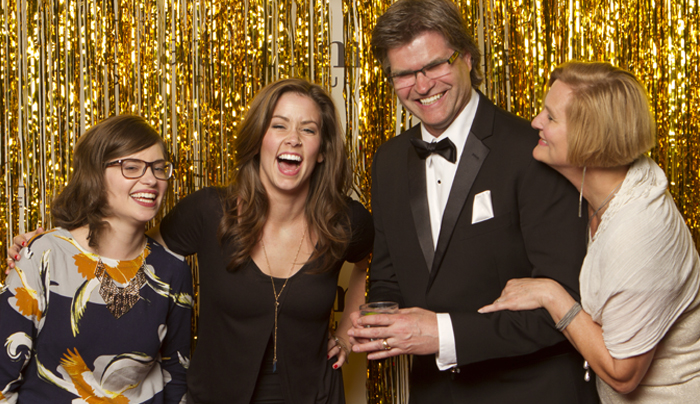![ab_blog_img]()
Last week, ArchDaily shared some behind-the-scenes photos taken in the Blade Runner model shop. (For you nerds out there, the entire 142-image Imgur album is here.) While I yield to no one in my love for the 1982 film, I’ll be honest: this post is really just an excuse to share one of my favorite Clive James poems.
DECKARD WAS A REPLICANT
The forms of nature cuff-linked through your life
Bring a sense of what Americans call closure.
The full-blown iris swims in English air
Like the wreckage of an airbag jellyfish
Rinsed by a wave’s thin edge at Tamarama:
The same frail blue, the same exhausted sprawl,
The same splendour. Nothing but the poison
Is taken out. In the gallery, that girl
Has the beauty that once gave itself to you
To be turned into marriage, children, houses.
She will give these things to someone else this time.
If this time seems the same time, it’s because
It is. The reason she is not for you
Is she already was. Try to remember
What power they have, knowing what sex is for:
Replacing us. The Gainsborough chatelaine
She studies wears a shawl dipped in the hint
Of jacaranda blossoms, yet it might
Remind her of sucked sweets, or the pale veins
Of her own breasts. Setting the Thames on fire,
The tall white-painted training ship from Denmark
Flaunts the brass fittings of the little ferry
That took you as a child to Kirribilli
On its way to Wandsworth, then the Acheron
And Hades. Those gulls that graze the mud
Took sixty years to get here from Bundeena.
At an average speed of forty yards an hour
They hardly moved. It seems you didn’t either.
You stood still with your head wrapped in the armour
Of perception’s hard-wired interlocking habits.
Ned Kelly was the ghost of Hamlet’s father.
Dazzled by lipstick pulped from waratahs,
The smoker coughs, having been born again.
(2003)
posted by: Aaron Bragg | category: random thoughts | make a comment




